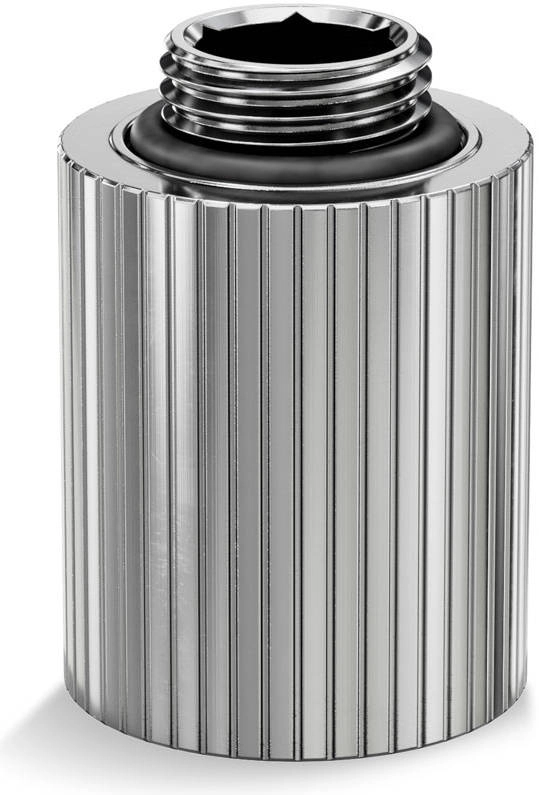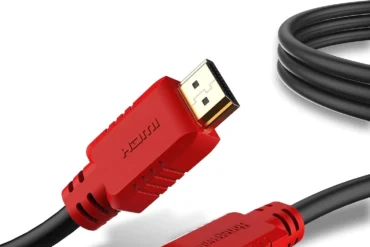EK-Quantum Torque Extender Static MF 28 Review – Detailed Analysis

EK-Quantum Torque Extender Static MF 28 Review – Detailed Analysis
Welcome to my review of the EK-Quantum Torque Extender Static MF 28. This small but crucial component plays a vital role in custom PC water cooling setups, offering flexibility and a clean aesthetic. I’ve had the opportunity to test this extender in my own system and have some valuable insights to share.
Table of Contents
Introduction
For those unfamiliar with water cooling, the EK-Quantum Torque Extender Static MF 28 acts as a bridge between two G1/4″ fittings, providing a way to extend the distance between them. This is particularly useful when working with tight spaces or when you want to maintain a certain aesthetic within your build.
Features and Design
The Torque Extender Static MF 28 is a compact and well-designed component. It’s made from high-quality nickel-plated brass, which offers excellent durability and resistance to corrosion. The 28mm diameter provides sufficient length for most applications while still maintaining a sleek profile.
Here’s a breakdown of the key features:
| Feature | Specification |
|---|---|
| Threading | Male to Female 2x G1/4″ |
| Thread Length | 4.5mm |
| Diameter | 23mm |
| Material | Nickel-plated Brass |
Performance
In terms of performance, the Torque Extender Static MF 28 performs as expected. It doesn’t impact flow rates or introduce any noticeable pressure drops in my water cooling loop. The solid construction ensures a secure connection, preventing leaks or any other issues.
Pros & Cons
Pros
- Solid and durable construction
- Clean and sleek design
- Adds flexibility to water cooling setups
- No noticeable impact on performance
Cons
- May be too short for some applications
Final Verdict
Overall, the EK-Quantum Torque Extender Static MF 28 is an excellent component for anyone serious about building a custom water cooling loop. It provides a reliable and aesthetically pleasing solution for extending fittings, and I highly recommend it for anyone who needs to bridge the gap between components in their system.



























